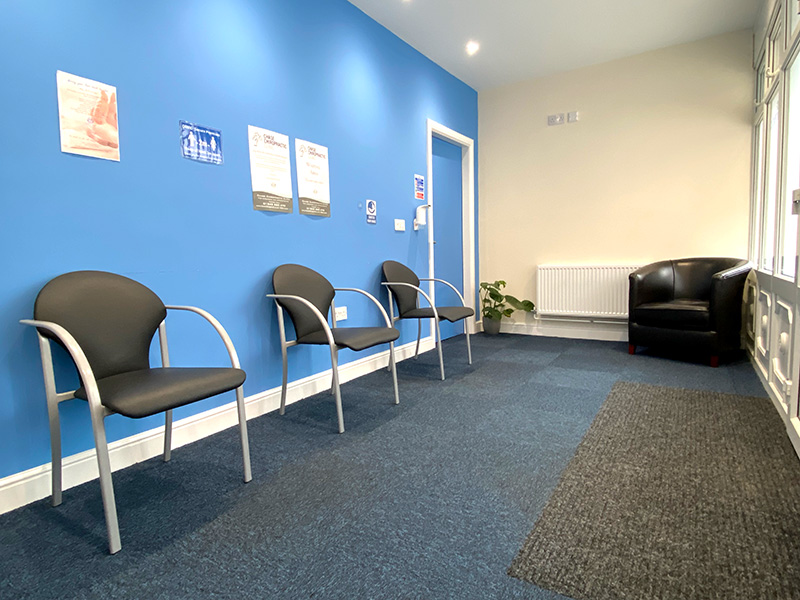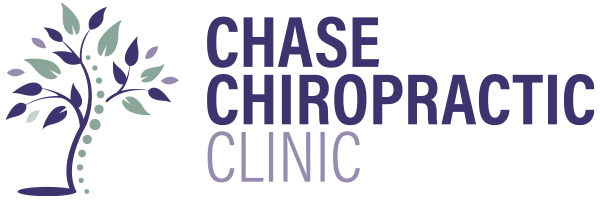How can we help?
If you’re unsure whether chase chiropractic clinic is right for you and you’d like to have a chat before booking your initial consultation, or if you’d like to book an appointment, contact us on 01543 560470 or fill in the form Here.
Arriving at the clinic
Once you arrive at our clinic, take a seat in our waiting area. Our team runs appointments throughout the day and when you arrive we may be providing treatment to another client. At the time of your appointment your chiropractor will come to welcome you and take you to the treatment room. Please try to attend 5 minutes early for your appointment.

What to expect
Pain, stiffness, poor mobility, long term aches or soreness, posture changes and sport performance issues are the typical driving factors for patients who attend for chiropractic care. Reducing these symptoms quickly is the short term goal and continued relief is the long term goal.
It is imperative to ascertain whether physical therapy is appropriate for you and at Chase Chiropractic Clinic we perform thorough assessments and examinations, referring for further investigations if necessary, to determine the cause of your condition. If the condition is not something we can help with – we will refer you to an appropriate specialist.

1
Initial Consultation
Your chiropractor will carry out a detailed initial consultation. In which an in depth case history, orthopaedic and neurological examination will be performed to ascertain the cause of your pain. A plan is then formed which will allow us to work together to improve your symptoms. This will be
explained to you in an understandable way during the report of findings.
2
Care and treatment
Care is provided to improve the mobility of joints, the co-ordination and strength of muscles. Helping to improve overall physical performance. Manual therapy is a hands on approach where manipulation of the soft tissues and joints to offer relief. Exercise and education are used to promote strength and mobility. Education is provided to improve your understanding of the
condition.
Whilst relief is typically noted at each encounter – Care is aimed at resolving the presenting complaint, and successive treatments are typically required to achieve this. The number of treatments required will vary depending on the severity of the condition, the reason for incidence, the patients age, their physical activity levels, their occupation, amongst other factors.
3
Aftercare
Once therapy has been successful and you are at your best condition, with treatment goals having been completed. There are a number of different options that can be relevant for you.
Assessment of condition
Typically treatment will then follow unless further investigations are necessary or manual therapy is inappropriate for your condition.
- History taking – This is a conversation where the details of your condition and potential associated factors are discussed.
- Examination – A thorough manual orthopaedic and neurological assessment will be performed to measure, record and identify the condition that ails you.
- Report of findings – A conversation in which your diagnosis is discussed, and explained to you in depth. We will determine the best course of action for you and act quickly to help you as much as we possibly can.
Types of therapies utilised
Manual therapy is a hands on approach that seeks to relieve pain created by the muscle/joint/ligament systems. Treatment will be provided in a way that is comfortable to you.
- Diversified chiropractic technique – A specific adjustment is delivered to the problem joints of the spine to improve spinal biomechanics and reduce nervous system interference. The energy delivered during the thrust may produce a slight “popping” sound from the shifting of gas and fluids in the joint.
- Mobilisation techniques – Gentle passive movements to increase joint mobility
- Soft tissue techniques – Active and passive release technique, Trigger point therapy, stretching, muscle energy techniques, deep tissue massage
- Rehabilitative exercise
- Ergonomic and posture advice
- Orthotics
Aftercare options
Discharge from care
Where you have no previous history or your problem was short lived and you have no underlying structural changes or weakness, this is the path for you. This is obviously the best outcome and the end goal we would like to achieve for everyone.
Exercise therapy
Where you have weakness, asymmetry of strength or poor muscle patterning, we would recommend that you continue to progress with exercise. Exercise is the best way to protect you long term from symptomatic recurrence and biomechanical dysfunction.
Maintenance treatment
Treatment that occurs on an ongoing basis is called “Maintenance”. Just like you have your car MOT’d and you brush your teeth daily to look after them, some people find that regular sessions allow them to continue functioning pain free. This allows you to live your life to the fullest.
This is usually the case when you have had a chronic problem or you have significant underlying structural issues, i.e. significant wear and tear or scoliosis. These sessions can occur close together or further apart. It all depends on what works best for you.
